Summary
- Demon Slayer is notably shorter than other major anime stories due to its complete storyline in only 205 chapters.
- The manga’s success led to its adaptation into an anime, making it a cultural phenomenon globally.
- The decision to end the series early was driven by the completion of key story arcs, preventing unnecessary prolongation.
Demon Slayer has been arguably one of the biggest stories to release in the last decade. The manga was popular around the world, the anime attracted audiences of all types, and the movie Demon Slayer: Mugen Train broke box office records. Demon Slayer has been the subject of cosplay, merchandise, fanart, and more. It has a lot in common with other major anime of our time, but with one, glaring difference – it’s comparatively very short.
Other similar shōnen anime and manga have been significantly longer. Naruto clocks in at 700 chapters and 220 episodes (in just the original series). Bleach had 698 chapters and 366 episodes. Even Attack on Titan lasted for 94 episodes, though it has a relatively short manga at only 139 chapters. That doesn’t even consider outliers like One Piece, which is currently sitting at 1128 chapters and 1122 episodes at the time of publishing. Demon Slayer, though, finished at 205 chapters, and 63 episodes, with a trilogy of movies planned in lieu of a final season. So why is Demon Slayer so much shorter than other similar stories? Why did it seem to end so suddenly?
The following contains spoilers for the end of the Demon Slayer manga. Read at your own risk if you are waiting for the anime to be completed.
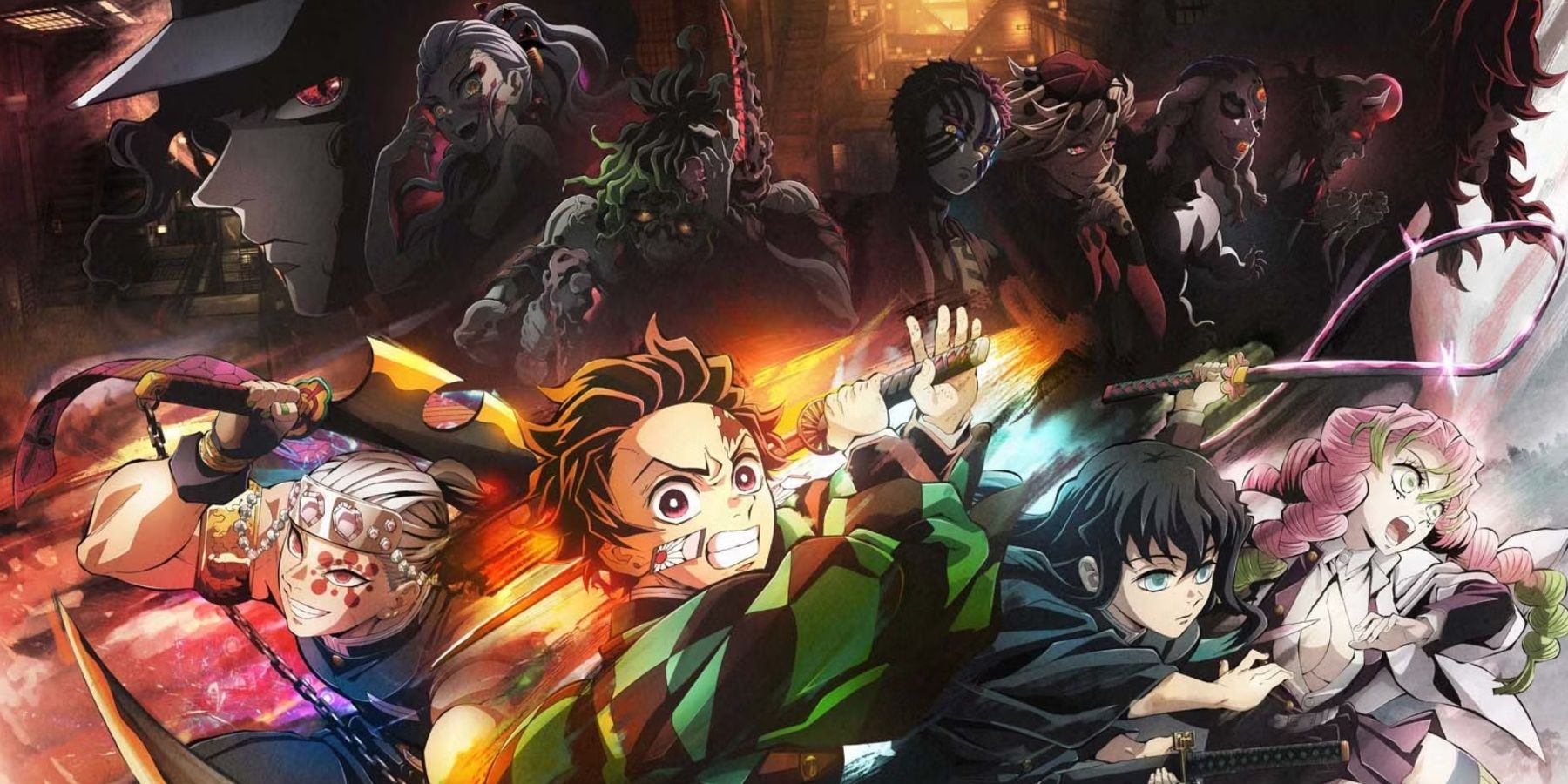
Related
Should You Watch the Demon Slayer Movies or Their Episodic Counterparts?
Some of Demon Slayer’s story arcs have both a film release and an episodic anime release. Which should you watch?
A Quick History of Demon Slayer
Taking the Anime World by Storm
Demon Slayer was created by Koyoharu Gotouge (a pen name to protect their identity) in February 2016. The manga ran until May 2020, finishing in 205 chapters that spanned 12 distinct story arcs. The manga has well over 150 million copies in circulation these days, and is one of the best-selling manga of all time. Additionally, Gotouge was named one of Time‘s 100 Most Influential People in 2021, the first manga artist to ever make the list, and showing just how much of an inpact Demon Slayer had on the wider world.
With the manga so successful, it comes as no surprise that Demon Slayer was adapted into an anime not long after it began publishing. The anime aired in 2019, and continued through four main seasons and three compilation movies linking them together. In the summer of 2024, it was announced that the final season of Demon Slayer, the Infinity Castle arc, would be told over the course of a trilogy of movies rather than another season of anime. They are scheduled to be released sometime in 2025.
Demon Slayer was incredibly successful, both in manga and anime form. It was the first manga ever to take all the top 10 spots on the Oricon (a Japanese company that generates statistics, especially related to sales) weekly chart. The manga also made the New York Times bestseller list. The Swordsmith Village arc was the most watched anime in Japan in 2023. Both Crunchyroll and IGN listed Demon Slayer as one of the best anime of the 2010s. And that barely scratches the surface of the story’s success and cultural impact.
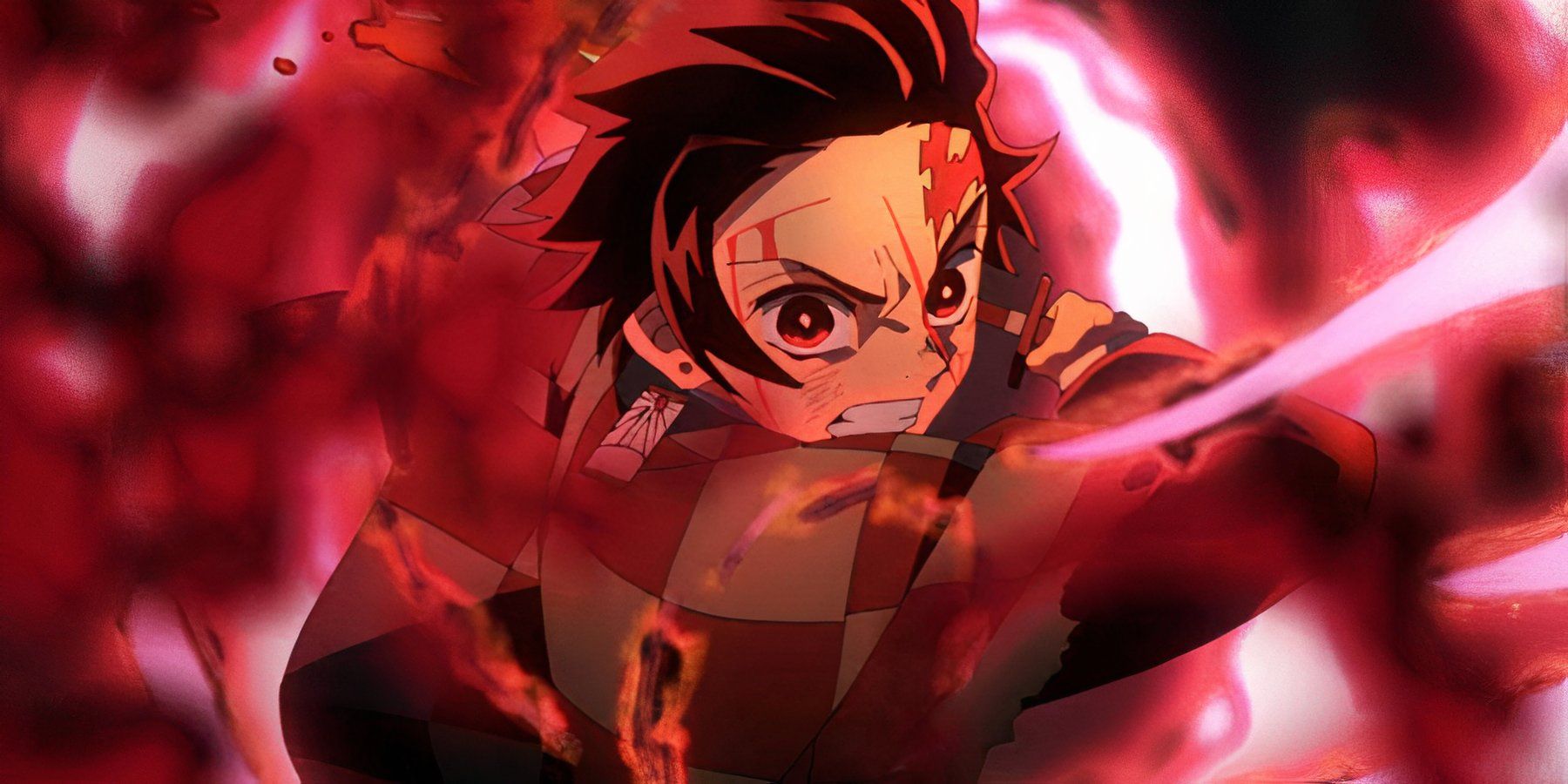
Related
Demon Slayer: How The Series Changed The Anime Industry
Demon Slayer has had a huge impact on the anime industry. Here’s just how big it’s been.
The End of Demon Slayer
Over After Only Four Years
As stated above, the manga for Demon Slayer ended after only four years of publishing despite its incredible success. That also has driven the anime to finish with less than 70 episodes, making it a short series compared to its biggest contemporaries. So why did Koyoharu Gotouge end Demon Slayer so early? They were making a lot of money, and could definitely have continued to do so for years to come. Why did they not continue the story and expand it even more?
The simple answer is – the story was complete. The whole point of Demon Slayer was for Tanjiro to find who killed his family and get revenge on them for what they did to his life. He also wanted to cure his sister, Nezuko, from being a demon. Finally, everyone wanted to kill Muzan Kibitsuji, the ruler of the demons. Those were the main driving forces throughout the story, and what kept the plot going forward every season and every chapter.
IMBD describes the plot of the upcoming Demon Slayer movies telling the story of the Infinity Castle arc as,
The Demon Slayer Corps plunge into Infinity Castle to defeat Muzan. However, the remaining Hashiras and the Demon Slayers who survived Tanjiro’s Final Selection are pitted against the remaining members of the Twelve Kizuki first.
When Gotouge wrote the Infinity Castle arc, all of those main goals were met. It was Muzan who had destroyed Tanjiro’s family, and he was indeed able to exact revenge on the first and most powerful demon in the world. Nezuko is returned to her human form. And with Muzan defeated by the Demon Slayer Corps, the other demons in the realm all disappear. The epilogue shows the surviving main characters living happy, peaceful lives in a world that no longer lives in fear of demons.
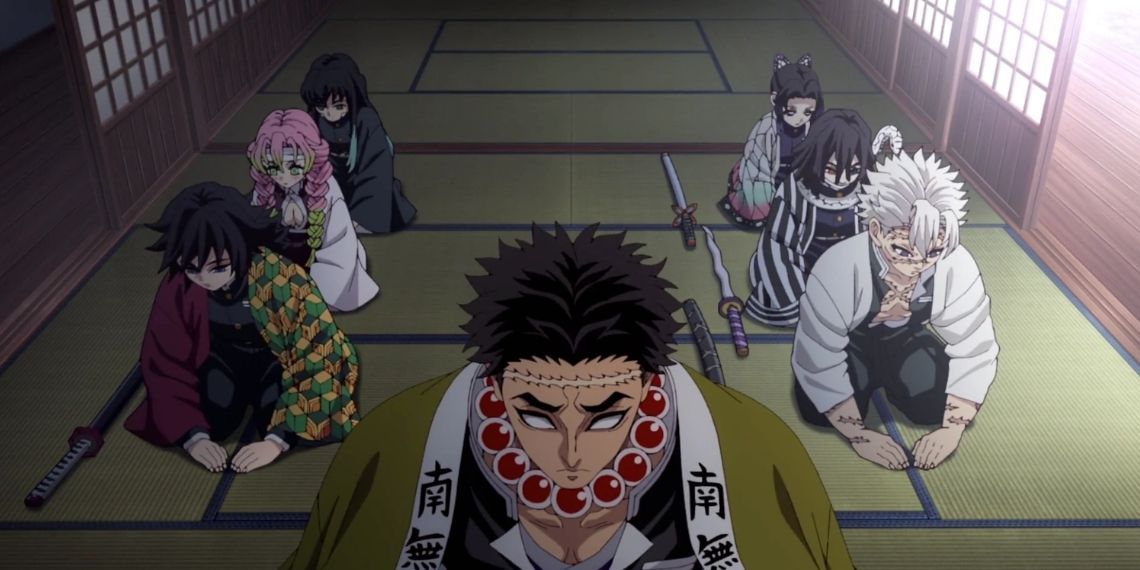
Related
Demon Slayer: What If the Demon Slayer Corps Never Existed?
The Demon Slayer Corps stands as humanity’s only defense against Demons. But what would have happened if it never existed?
Why Was Demon Slayer So Short?
Could it Have Been Longer?
In short, if Gotouge had continued to write Demon Slayer after Muzan’s death, there would have been no point. With Muzan gone and Nezuko healed, the world became peaceful. There is no more need for the Demon Slayer Corps, and no more reason for Tanjiro and his friends to go out and fight demons. Instead, they all settle down, get married, and live normal lives. If Gotouge had explored that kind of story in more than just an epilogue, it would have totally changed the genre of Demon Slayer from a fantasy action anime to a historical slice of life.
That was not the point of Demon Slayer. The point of the story was to follow Tanjiro’s journey through to completion, and rather than milk that out, Gotouge brought him to the end of his journey. To continue it in the same way, they would have had to have brought the demons back again, writing that killing Muzan was not enough, or that he was not really defeated. That would essentially negate all the characters who didn’t survive the series. Many paid the ultimate price along the journey to defeat Muzan and the other demons; if the demons simply came back for the sake of writing more chapters, their deaths would have been in vain.
Tanza goes on to bring up some points such as the blue spider lilies, which were alluded to play some kind of role in Demon Slayer but never were used in the final arc. Additionally, some side characters did not get very fulfilling stories due to the manga concluding, resolving the main characters’ arcs potentially at the expense of others’. This is an even more practical reason why Demon Slayer came to its ending sooner than anyone expected.
Demon Slayer is definitely a shorter series than many other similar anime and manga. But that isn’t a shortcoming of the series. It shows that Gotouge had focus, taking us all along for the ride on Tanjiro’s quest for revenge, and eventually, peace. And rather than making fans wait forever to find out what would happen, they brought the story to its natural conclusion. Gotouge also avoided filler arcs and spin-offs, with nearly every chapter and every episode focusing on either advancing the plot or developing characters. Maybe the manga and anime world can learn from Demon Slayer, savoring its success when it has it – but also knowing when to move on, and when its important to focus on your personal life. Manga creators are also human, and its important to remember that.
Watch Demon Slayer now on Crunchyroll.
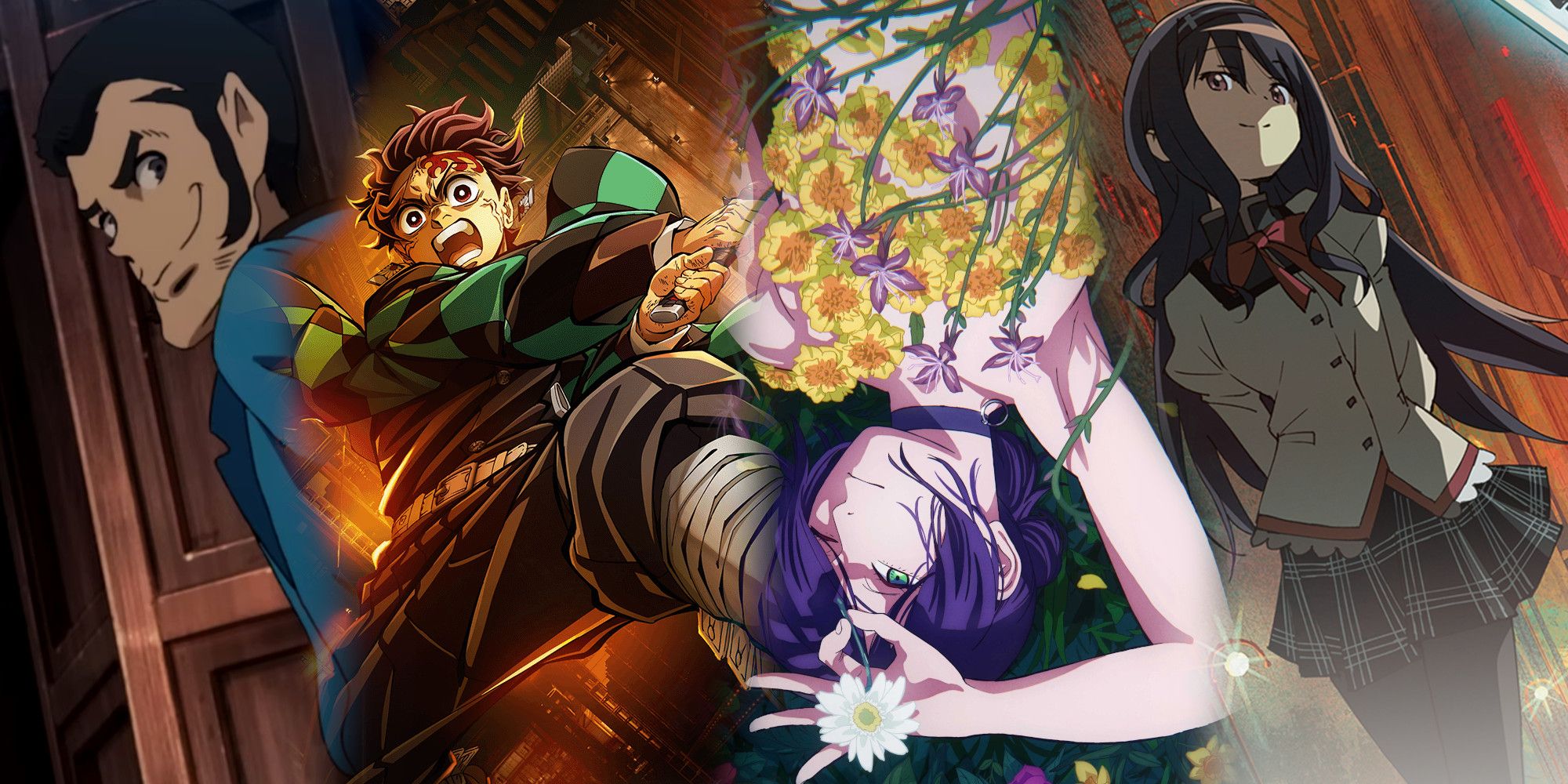
MORE
2025 Will Be Legendary for Anime Films
In 2025, a lot of anime fans will get the continuations – and conclusions – they’ve been dying to see on the big screen for years.





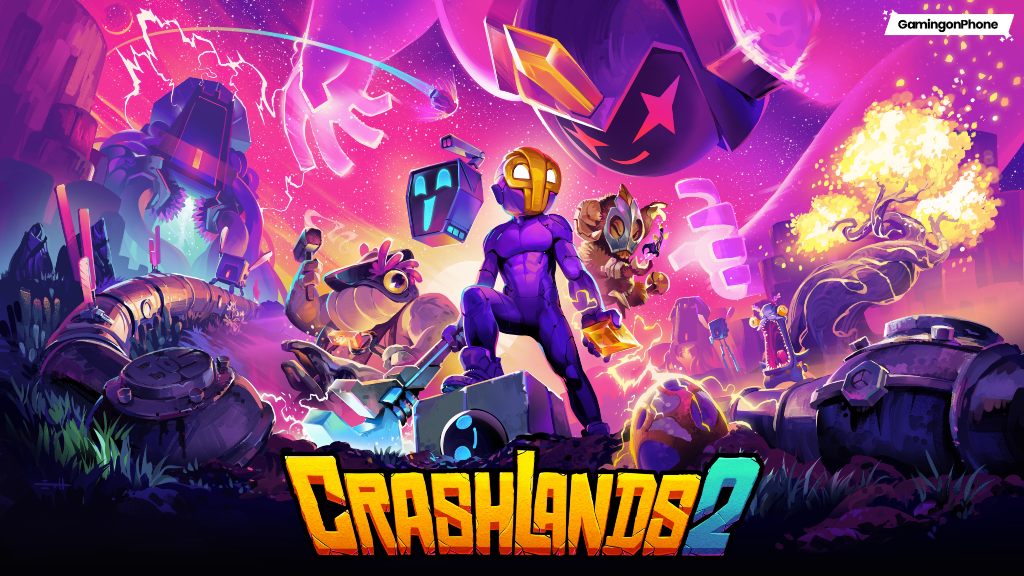
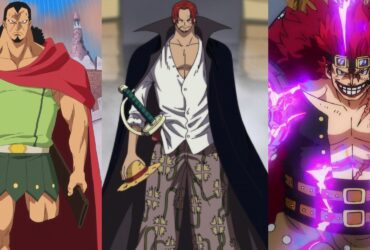

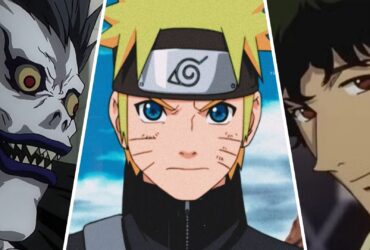
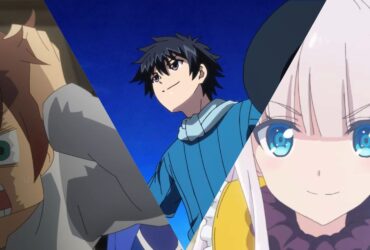


Leave a Reply